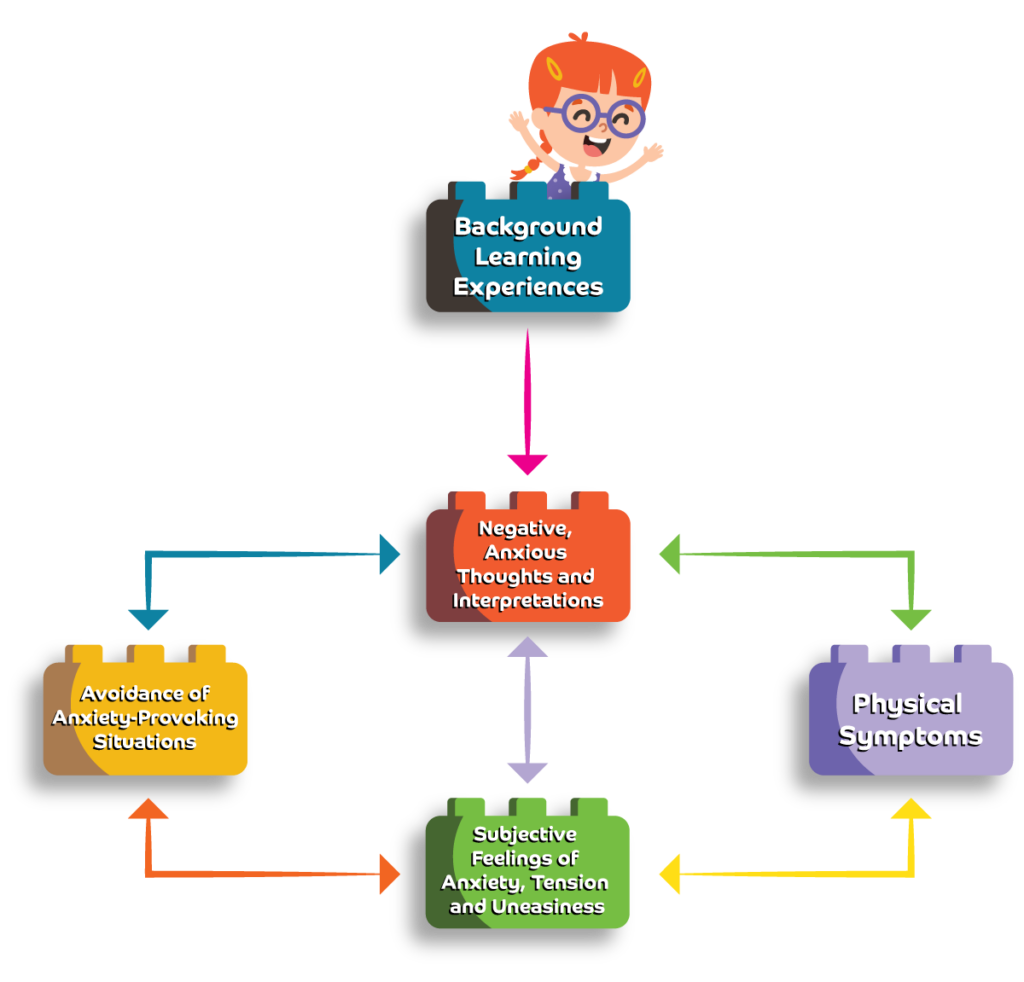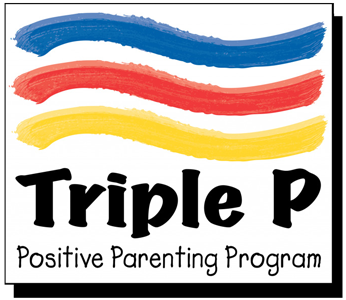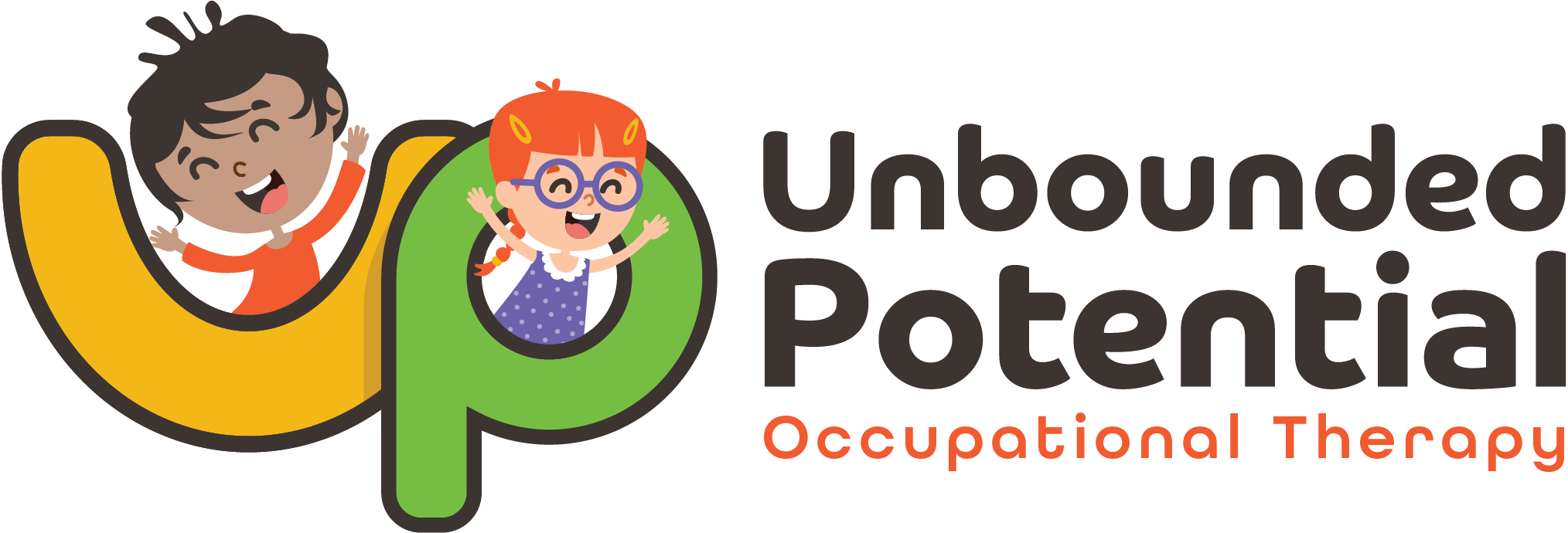Anxiety
What Is It
- Our body’s internal alarm system
- A normal response to the expectation of a threat
- A complex response (cognitive, physiological, and behavioral)
- Helpful & adaptive when it protects a person from harm
- A problem when it stops us from doing the things we need or want to do
What Does It Look Like in Children
- Children may appear fearful, shy, quiet, withdrawn, clingy, tearful, and lacking in confidence.
- Children may express anxiety through oppositional, irritable, aggressive, and over-active behaviors.
The Three Response Systems
- Cognitive-The thoughts people have in situations they experience as anxiety-provoking
- The physical system
- The changes that happen in a person’s body when they feel anxious
- Behavioral System
- What people do in response to situations they find anxiety-provoking

Why Children Become Anxious
- Biology/genetics
- Some children are born with highly reactive central nervous systems
- They have a lower threshold for tolerating new situations and/or people and are quick to see potential signs of danger
- Overactive fight or flight response
- Temperament
- Children may be born with an anxious temperament
- Traumatic and stressful events
- Some children can develop an anxiety problem after an event that was very stressful or traumatic
- Not all children who are exposed to either potential or actual stressful life event becomes anxious.
Goals for Learning Parenting Skills to Respond to Your Child
- Provide a model of anxiety management: Set a good example
- Help Children become more resilient: helping your child manage and express uncomfortable emotions.
- Help children manage anxiety and worry: Promoting your child to be a flexible thinker and face their fears.
- Respond to your child’s anxiety effectively: review different ways to respond to your child’s anxiety and worry.
Becoming emotionally resilient involves:
Recognize, understand, and accept feelings
How parents can help:
- Accept different emotions
- Talk about feelings
- Share your own feelings
- Help your child recognise emotions
- Help your child understand emotional intensity
- Reward appropriate expression
- Manage inappropriate expression
- Model how to express
- When children believe they have the capacity to deal with challenges, they are less likely to feel down and powerless.
- When success is experienced, confidence builds
- Positive affirmations
- Controlled breathing
- Sensory strategies

